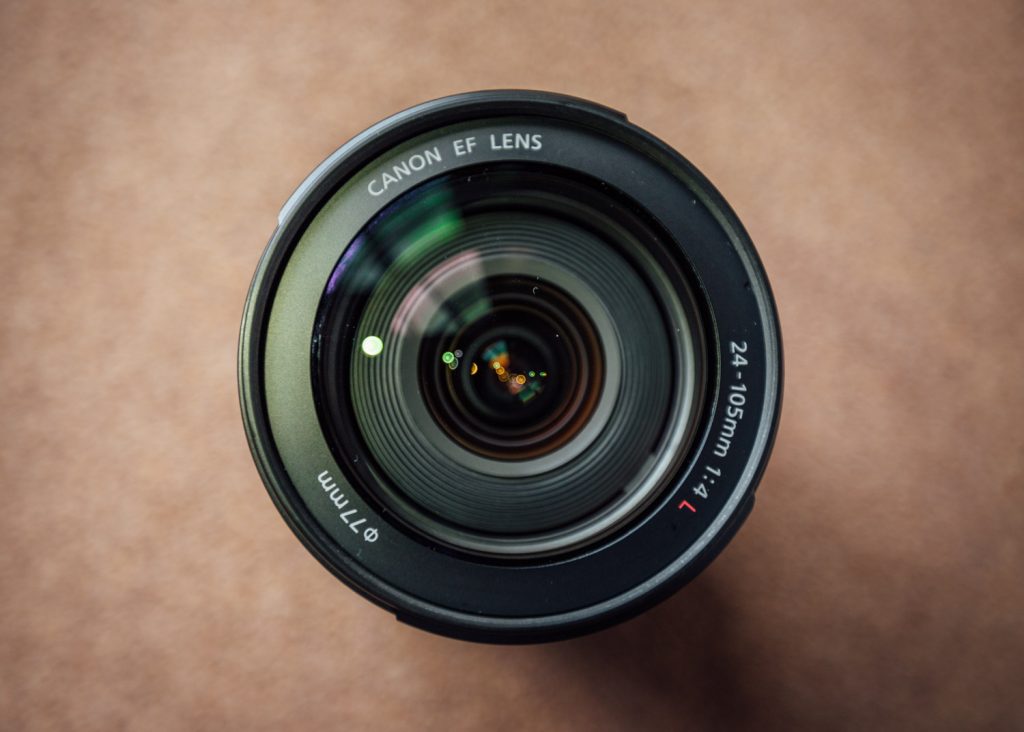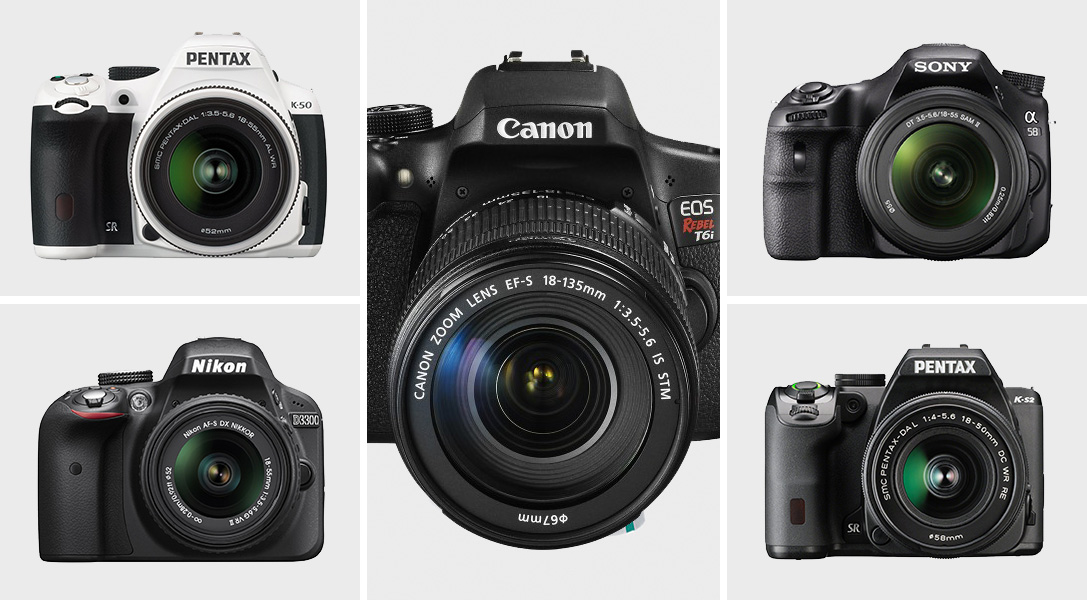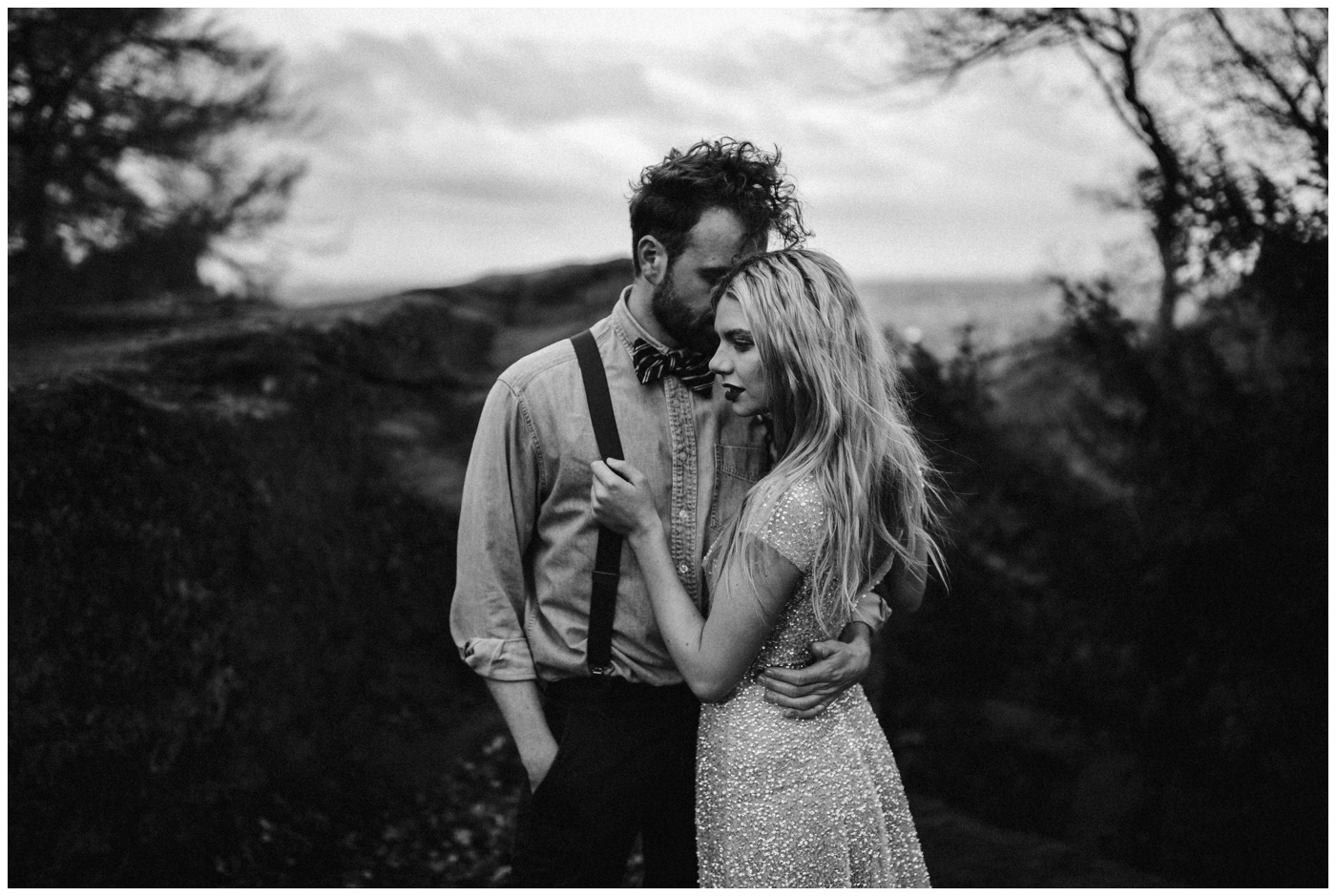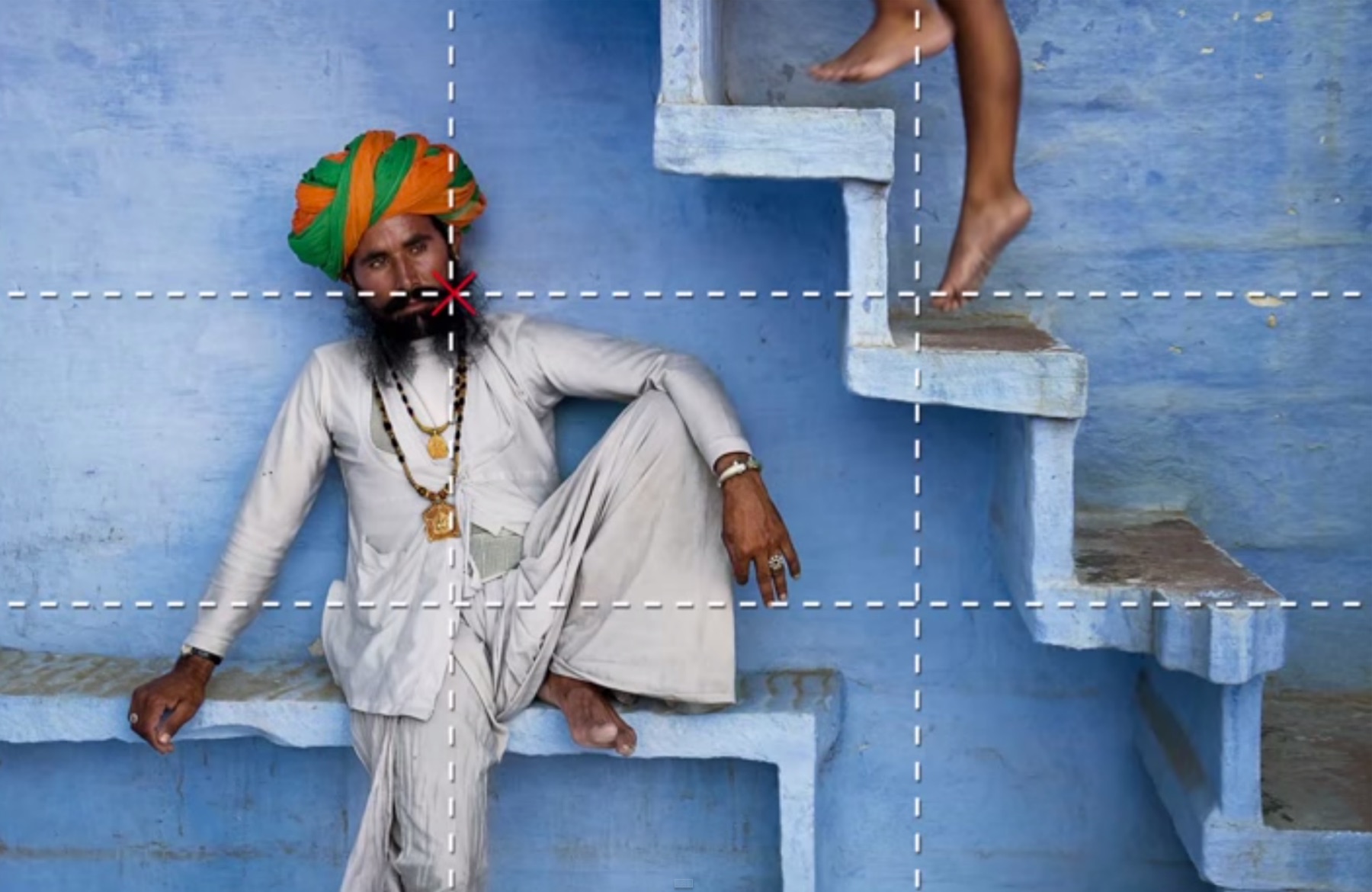That is the question many enthusiasts (even advanced) photographers are asking now that the starting prices of entry-level Digital SLR’s are lower than ever.
Is it time to upgrade your portable digital camera and get a digital SLR (DSLR)? That’s a question many people are asking now that the starting prices of low-end DSLRs are about the same as those of high-end fixed-lens digicams. Whether it’s right for you depends on several factors, but the market trend is at least giving consumers choices in digital photography equipment they never had before.
The pros and cons between DSLRs and portable fixed-lens digital cameras (often called digicams) relate primarily to the trade-offs of convenience vs. quality. However, the gaps are narrowing, allowing some feature differences to affect your decision. In general, DSLR cameras will be bulkier but with better quality/flexibility, but to understand why will require a bit of background:
SLR stands for Single Lens Reflex
DSLR cameras borrow their heritage from film SLR cameras – SLR stands for Single Lens Reflex, which means that one lens for the camera is used for viewing the picture through the viewfinder and for taking/exposing the picture itself. Viewfinders on DSLR cameras are optical, so one advantage is that what you see through the viewfinder is exactly what is coming through the lens (there is an actual mirror which reflects the light through the viewfinder and then flips up to expose the film – in this case, the digital sensor). DSLRs typically have larger image sensors than compact Digicam digital cameras, so the quality is almost always better (the bigger the sensor, the more light it can capture, resulting in a better quality picture).
However, the trade-off of having a bigger sensor is that it requires a bigger and wider lens to let in and focus the light, so to cover the entire range of focal lengths (from wide-angle shots to telephoto shots), most people require more than one lens – as a single lens would be extremely large and heavy. To accommodate this, SLR cameras allow for the lenses to be exchanged so that you can attach the appropriate lens for your shooting conditions (for example, you would often bring several lenses with you and attach a wide-angle lens to take landscape shots, then remove it and attach a telephoto zoom lens to take close-up shots of wildlife or objects). While this allows for perfect quality images (assuming that the quality of the lens is good), it can also be an inconvenience, especially when compared with a small compact fixed-lens digicam that can slip into your pocket.
Beware of Lens Envy
There can also be a tendency to accumulate more and more lenses (sometimes called ‘lens envy’), so you can constantly upgrade your kit as your needs grow (and your budget allows – remember that you are buying into a camera ‘system’ instead of just a camera, so the total cost will almost always be higher than a digicam).
DSLR cameras also offer greater flexibility in picture-taking, partly because the camera bodies typically offer a broader range of manual controls (allowing greater control of exposure, shutter speeds, and aperture) but also because of the inherent advantages of having multiple larger lenses. This flexibility allows the photographer broader options for taking control over the photographic process – for example, having an extremely shallow DOF (depth of field) that can force the background of an image out of focus – a very effective method for isolating the subject in portraits and macro photography, and a difficult effect to produce with a smaller lens and image sensor.

Extremely Sharp and Crisp Photos
Fixed-lens digicams also have their benefits – not only are they more portable, but the higher-end models offer similar manual controls, and some models also include very high-quality optics/lenses, producing extremely sharp and crisp photos as a result. Also, because the light entering a digicam’s lens is continuously exposing the image sensor, the camera can show a live preview of the photo before it’s taken (something a DSLR can’t do) and is often cited as a reason by many enthusiast digicam owners to not upgrade to a DSLR – a live preview allows the photographer to view the final image on the viewfinder the way the camera would process it, showing the final composition and exposure before the shutter is even pressed. The electronics inside a portable digicam are also optimized for more automatic picture-taking. So, the image adjustments are often better straight out of the camera, without post-processing using graphics software (DSLR images are usually captured with more neutral settings, which allows more flexibility but requires ‘tweaking’ afterwards).
At the end of the day, the decision to buy into a DSLR system or stay with a fixed-lens digicam depends on what you want to get out of photography – DSLRs will offer higher quality and more flexibility but at the expense of convenience and portability. Your decision will be much easier once you decide what compromises you’re willing to make and what is important to you in a camera. Fortunately, consumers now have more choices, as the cost of both DSLRs and digicams is within reach.



